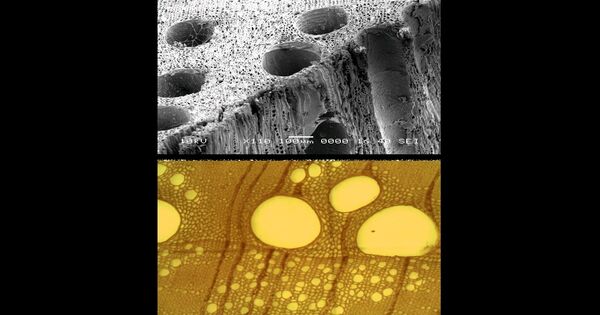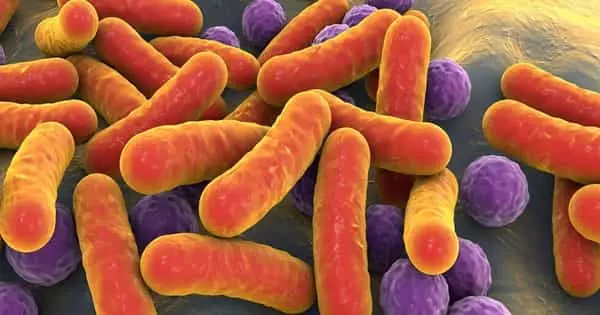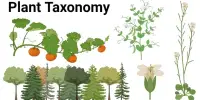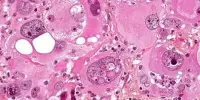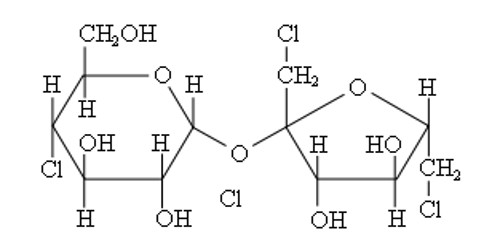A vessel element (trachea) is a type of cell found in plants’ xylem, which conducts water. It is a kind of cell found in xylem, the vascular tissue that transports water and nutrients throughout a plant. These are part of the water-conducting system and are commonly seen in angiosperms (flowering plants). These cells are elongated and tube-like, with perforations in the end walls known as “perforation plates.” These plates improve the flow of water through the vessel, allowing for more efficient transportation.
Flowering plants (angiosperms) include vessel components, whereas most gymnosperms, including conifers, do not. The fundamental difference between “hardwood” angiosperms and “softwood” conifers is the presence of vessel components. Vessel elements die at maturity and lack cytoplasm, allowing water to flow through them continuously. They perform an important role in regulating water balance and providing structural support for the plant.
Structure
Xylem vessels are long straight chains of strong, long-dead cells called vessel components. The vessel does not contain any cytoplasm. They are not alive, but are created by living cells. The cells are set end to end, and their walls have vanished. This forms a tube.
Lignin is a chemical that is used to form vessels. They have lignified cell walls and a central hollow. The perforations in the common walls of vessel members connect them. Lignin is a rigid organic polymer. It rigidifies the cell walls and has a long shelf life. Lignin in xylem vessels holds trees up.
Function
Water travels up the xylem vessels. The evaporation of water from the stomata cells in the leaves creates a transpiration stream. This is referred to as capillary action because it is determined by how water molecules adhere to the xylem walls.
One of the distinguishing properties of vessel components is their enlarged secondary cell wall, which is frequently strengthened with lignin. Lignin offers structural support and prevents the vessel from collapsing under pressure, allowing plants to transport water over great distances against gravity.
Water reaches the roots by osmosis, therefore there is some root pressure. This is significant because it allows water to rise during the night when transpiration is low. As water rises, it carries minerals with it, therefore the xylem really provides some fundamental nutrients to the plant. The more complex organic compounds are distributed mostly by the phloem.
Angiosperms are flowering plants, while gymnosperms are non-flowering plants such as conifers. They are critical for the plant’s growth and survival because they help to maintain its water balance.
